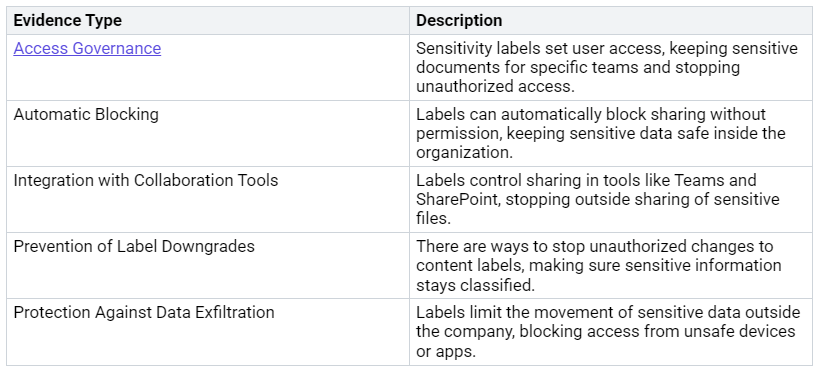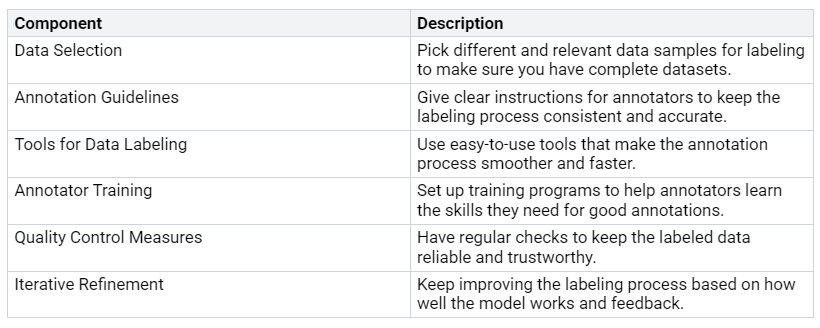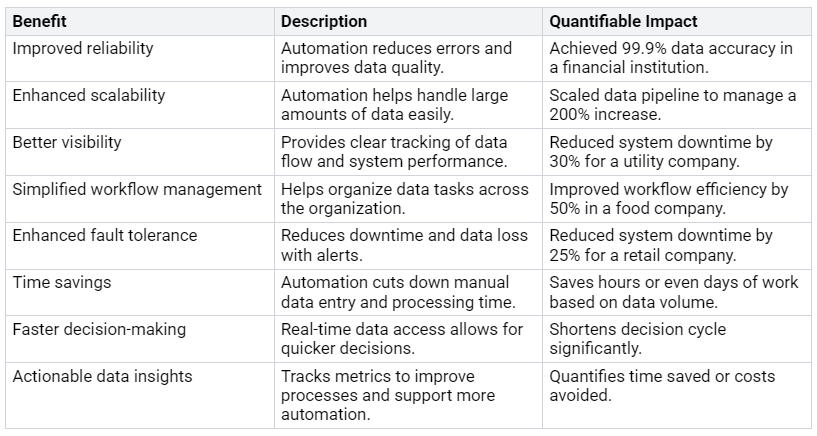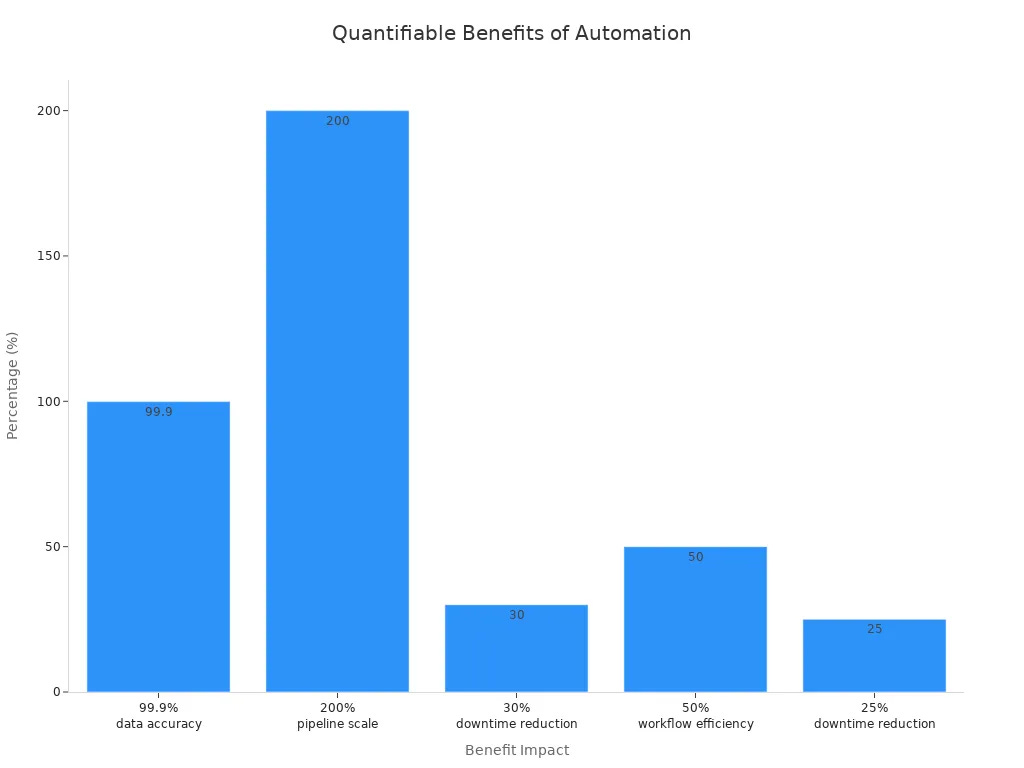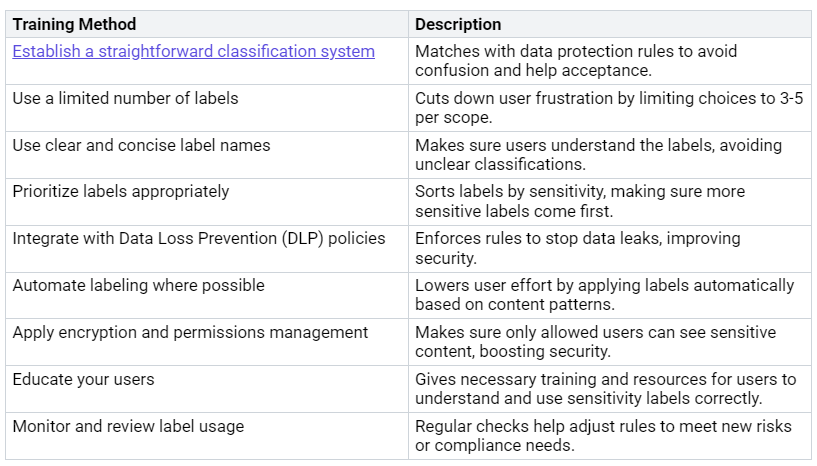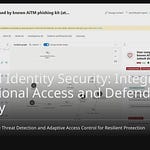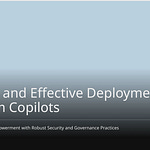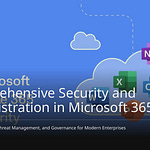In today’s digital world, implementing effective Data Protection Strategies is crucial. Organizations lose about $4.44 million for each data breach, with human mistakes causing 60% of these incidents. Utilizing sensitivity labeling strategies can significantly reduce these risks. By classifying data effectively, you enhance visibility and ensure compliance with regulations. This proactive approach fosters awareness among employees, making them essential in safeguarding sensitive information.
Key Takeaways
Use sensitivity labels to make data safer. These labels control who can see or change sensitive information. Only authorized people can access it.
Regularly find and sort sensitive data in your organization. Use automated tools and keep checking to stay compliant and manage risks well.
Create a clear labeling system with rules and training for users. This helps everyone use sensitivity labels the same way and builds a culture of data protection.
Use automation to make data protection easier. Automation cuts down on mistakes, saves time, and helps make faster decisions about sensitive information.
Keep improving your data protection plans with regular checks and feedback. This helps you deal with new problems and follow the rules.
Benefits of Sensitivity Labels
Enhanced Security
Using sensitivity labels greatly improves your organization’s security. These labels help control who can see or change sensitive data. Only authorized people can access important information. By setting user access, sensitivity labels limit sensitive documents to certain teams. This stops unauthorized access and lowers the chance of data breaches.
Here’s how sensitivity labels help with security:
By using these features, you can build a strong system that protects your data from inside and outside threats.
Compliance Assurance
Sensitivity labels are also important for following rules and regulations. They help sort, protect, and watch over data, which is key for meeting rules like Controlled Unclassified Information (CUI). In places like Microsoft 365 GCC High, these labels match regulatory needs, making sure sensitive materials are handled correctly to avoid problems.
Using sensitivity labels helps you keep a steady protection plan across different tasks and apps. They offer visual signs and encryption settings that boost document safety while following data loss prevention rules. This setup makes sure files stay safe from unauthorized access, no matter their label status.
Data Protection Strategies for Implementation
Finding sensitive data is the first step in using good data protection strategies. You need to know what sensitive information is in your organization. This means understanding the types of data you work with, like personally identifiable information (PII), financial records, and intellectual property.
Identifying Sensitive Data
To find sensitive data correctly, think about these methods:
Automated Discovery: Use technology to find sensitive data faster and more accurately. Automated tools can check your data quickly and find sensitive information.
Smart Data Classification: Sort your data by how sensitive it is and the risks involved. This helps make sure you have the right security measures in place.
Continuous Monitoring: Keep an eye on your data all the time to help manage risks and follow rules. This helps you be ready for possible threats.
Recent surveys show that 79% of organizations have trouble classifying sensitive data used in AI and machine learning systems. This shows the need for strong identification strategies to reduce risks effectively.
Developing a Labeling Framework
After you find sensitive data, the next step is to create a labeling framework. A good framework makes sure your data classification strategy works well and lasts. Here are the main parts to think about:
By focusing on these parts, you can build a labeling framework that meets industry standards and changes with your organization’s needs.
To check how well your data labeling framework works, think about these metrics:
Using these strategies will improve your organization’s data protection efforts. This way, sensitive information stays safe and follows regulations.
Technology’s Role in Data Protection
Utilizing Microsoft 365 Copilot
Microsoft 365 Copilot is very important for improving data protection and sensitivity labeling. This tool follows sensitivity labels. It keeps data safe during use. Here are some key features that show how it works:
By using these features, you can make sure your organization has a strong data protection plan while using AI tools.
Automation and Efficiency
Automation makes data protection workflows much better. It speeds up tasks, cuts down mistakes, and helps with quick decisions. Here are some clear benefits of automation:
Automation not only makes your data protection efforts more reliable but also lets you focus on important tasks instead of manual work. By using automated solutions, you can create a more efficient and effective data protection plan.
Structured Rollout and Change Management
Using sensitivity labels needs a clear plan. A step-by-step rollout helps you handle the challenges of starting new processes. This way, you can solve problems well and make sure users accept the changes.
Phased Implementation
You can follow these steps for rolling out sensitivity labels in your organization:
Define a proper taxonomy for labels: Make sure your labels are short and easy to tell apart.
Group similar labels under a parent label: This makes it easier for users to choose.
Limit the number of labels to 3-5 per scope: Fewer options help avoid confusion and make things clearer.
Update compliance policies: Add sensitivity labels to your current compliance rules.
Provide tooltips and detailed guides: These tools help users pick the right labels.
While you work through these steps, you might face some challenges. Here’s a list of common issues:
By knowing these challenges, you can create plans to handle them and make the rollout easier.
User Training and Adoption
Training is very important for getting users to accept sensitivity labels. You need to give your users the knowledge and skills to use these labels well. Here are some good training methods:
Statistics show that organized training programs can really help users adopt new systems. For example, you might see 15-25% of users onboard each month. Also, 60% of users may use key features after training, while 80% of users finish basic training programs. These numbers show how important it is to invest in user education to create a culture of data protection.
By using a step-by-step approach and focusing on user training, you can make your sensitivity labeling strategy more effective. This organized rollout not only ensures compliance but also builds a culture of responsibility and awareness about data protection.
Continuous Improvement in Data Protection
Improving data protection all the time is very important. It helps keep security strong and follow the rules. Good governance models are key to this process. You should organize data based on how sensitive it is and what the rules say. A clear way to classify data, like Public, Internal, Confidential, and Restricted, helps you use the right security measures. Companies like HSBC and Microsoft show this method by using strong systems to manage sensitive data well.
Governance and Monitoring
To keep data safe, you must check your strategies regularly. Here are important parts to think about:
Using ongoing data checks and audits helps you find and deal with threats right away. Regular audits help spot weaknesses and ensure you follow the rules. This constant checking gives you a clear view of everything happening with the data, like when it is created, stored, shared, saved, and deleted. This visibility is very important for improving data protection and handling threats well.
Feedback Mechanisms
Feedback systems are important for making your data protection better. Getting feedback from customers helps you know their worries and improve data privacy. Here are some good strategies:
Clearly state who is responsible for using feedback to ensure accountability.
Make a plan to act on customer feedback to make your systems better.
Create a feedback loop that allows for ongoing improvements in data privacy practices.
Let customers suggest changes through feedback, which builds their trust in your organization.
By focusing on being open, secure, and responsible in collecting feedback, you can boost your data protection efforts. Continuous improvement not only makes data protection better but also keeps important data safe and available. This proactive approach helps you handle different problems and reduces downtime, leading to stronger resilience and continuity in your business operations.
Using good data protection methods and sensitivity labeling strategies is very important for your organization. By sorting and managing sensitive data, you make security better and follow rules like GDPR and HIPAA. Here are some important points from successful uses:
Microsoft 365 Sensitivity Labels help sort and protect sensitive data.
Working together among departments is key for creating a good labeling system.
Regular checks and feedback help improve data protection efforts.
By focusing on these strategies, you can lower risks and build a culture of responsibility in your organization.
FAQ
What are sensitivity labels?
Sensitivity labels sort data by how sensitive it is. They help you control who can see information and keep it safe. This is done by using security methods like encryption and limits.
How do I implement sensitivity labels?
To use sensitivity labels, first find sensitive data. Then, create a labeling system and teach users. You can also use automated tools to make the process easier and ensure you follow the rules.
Why is user training important?
User training helps workers learn how to use sensitivity labels correctly. This cuts down on mistakes and builds a strong culture of data protection in your organization.
Can sensitivity labels integrate with existing tools?
Yes, sensitivity labels can work with many tools, including Microsoft 365 apps. This helps keep data protection consistent across different platforms.
How often should I review my labeling strategy?
You should check your labeling strategy often, about every six months. This keeps your approach effective and helps it change with new rules and needs of your organization.


